Interactive Map: Indian Water Rights in the Colorado River Basin
Native American tribes are emerging leaders in the drying basin.
With the oldest claims to water, Native American tribes in the Colorado River Basin command a considerable role in directing the region’s future.
Combined, the tribes hold rights to a substantial portion of the Colorado River’s flow: roughly 20 percent, or 3.6 billion cubic meters (2.9 million acre-feet), which is more water than Arizona’s total allocation from the river. The tribal share, moreover, will increase, perhaps by as much as hundreds of thousands of acre-feet as the 13 tribes without confirmed rights settle their claims with federal and state governments.
The interactive map below shows the 29 federally recognized Indian reservations in the Colorado River Basin, which is outlined in dark blue. Click on a tribe for more information about its water rights. Zoom in or out to see the map in closer detail. Move the map by grabbing with your mouse and readjusting.
This map accompanies the article, In Drying Colorado River Basin, Indian Tribes Are Water Dealmakers, by Circle of Blue reporter Brett Walton. RContact Brett Walton or by @waltonwater on Twitter.
is both a scientist and a journalist, she holds an MS in Environmental Engineering from Michigan Technological University, and she brings proficiency in ESRI’s ArcGIS mapping software.

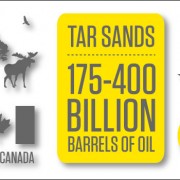
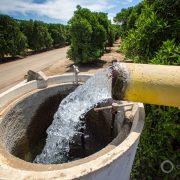
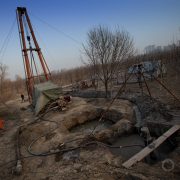
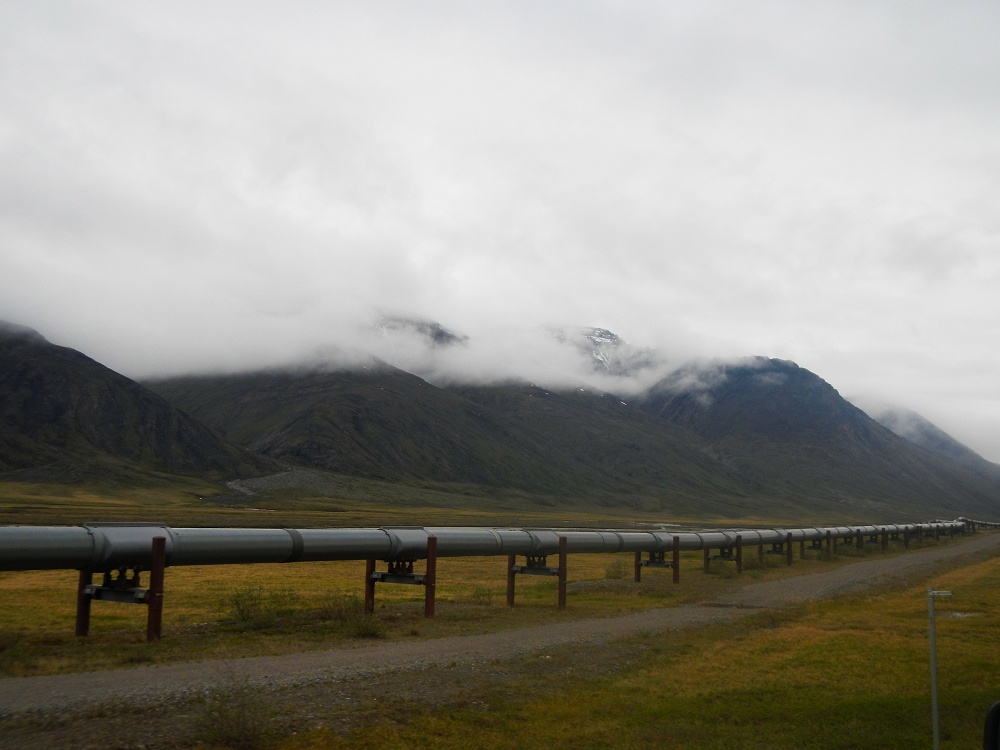
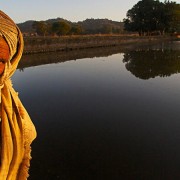

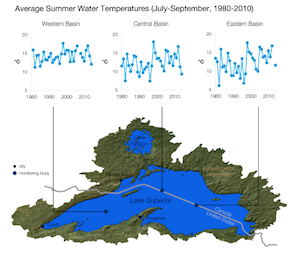

The conflicts over western water have largely been understood as those between states. However, while states have developed interstate compact agreements and allocated water internally, they have (for the most part) ignored the fact that a significant portion of the waters they have diverted, stored and conveyed over long distances is federally reserved for Native American Tribal Land.